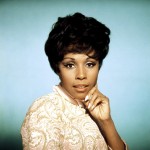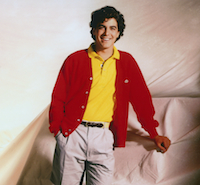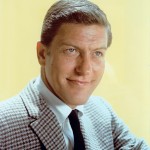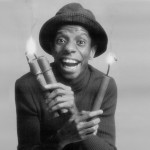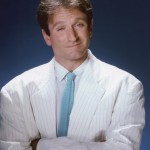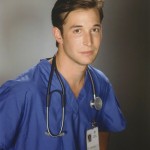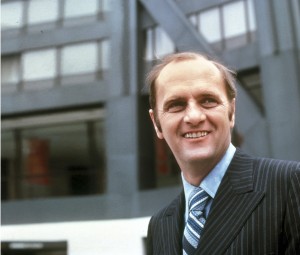 Soft-spoken Bob Newhart never planned on becoming a household name. The Chicago native began working as an accountant after serving in Korea, later transitioning to work as a copywriter for a local independent film and TV producer. It was during those long stretches of time at the typewriter that Newhart began to develop his act, recording absurd telephone conversations with a coworker and mailing them to radio shows as comedic audition tapes. Those silly office recordings kicked off an extremely successful career, and Newhart quickly scored record deal, producing a slew of best-selling comedy albums throughout the 1960s.
Soft-spoken Bob Newhart never planned on becoming a household name. The Chicago native began working as an accountant after serving in Korea, later transitioning to work as a copywriter for a local independent film and TV producer. It was during those long stretches of time at the typewriter that Newhart began to develop his act, recording absurd telephone conversations with a coworker and mailing them to radio shows as comedic audition tapes. Those silly office recordings kicked off an extremely successful career, and Newhart quickly scored record deal, producing a slew of best-selling comedy albums throughout the 1960s.
Describing this sudden rise to stardom, Newhart noted, “It was thrust upon me and I wasn’t really ready for it. So I had to learn my craft as I was appearing in front of 3, 4, 5,000 people.”
Despite his novice background, there was something special about Bob Newhart’s onstage persona, something that led him straight to a television offer. Newhart’s particular brand of deadpan, reactionary comedy – the producers described it as “listening funny” – served as the premise for his first sitcom, 1972’s The Bob Newhart Show. The writers decided to make Newhart a therapist, pitting him against a rotating backdrop of unusual characters to maximize his humorous affect. The show was met with critical acclaim and enjoyed a successful six-season run, securing Bob Newhart’s place within the lexicon of America’s most beloved comedians.
Newhart‘s Larry, Darryl & Darryl
In 1982, Bob Newhart embarked in a second sitcom venture, Newhart, in which Bob was similarly surrounded by a bevy of wacky characters. Newhart, which centered on the life of a Vermont innkeeper and a running tally of oddball clients and staff, was Bob’s first exposure to taping in front of a live studio audience. Not only did this element heighten Bob’s reactionary talents, it also improved the sitcom as a whole. One of Newhart‘s most recognizable reoccurring bits – the dawdling handyman trio Larry, Darryl and Darryl – were a direct result of a valuable actor-audience exchange.
“The writing was better and the actors were better because of the live audience. And the first time we used Larry, Darryl, and Darryl, I said, ‘Oh, that’s kind of a dangerous work.’ And he said, ‘It wasn’t work. I just enjoy crawling under houses.’ And then when they leave, they get another 20 seconds of [applause],” Newhart explained. “But without a live audience, we wouldn’t have known that. Because immediately after the show, I went to the writers and said, “You know, let’s write another script with these guys in it. The audience loved them.”
That give-and-take with a live audience is precisely the kind of thing that fuels a standup comedian. After Newhart wrapped in 1990, Bob Newhart returned to standup, continuing to delight audiences across the nation with his one-of-a-kind set.






